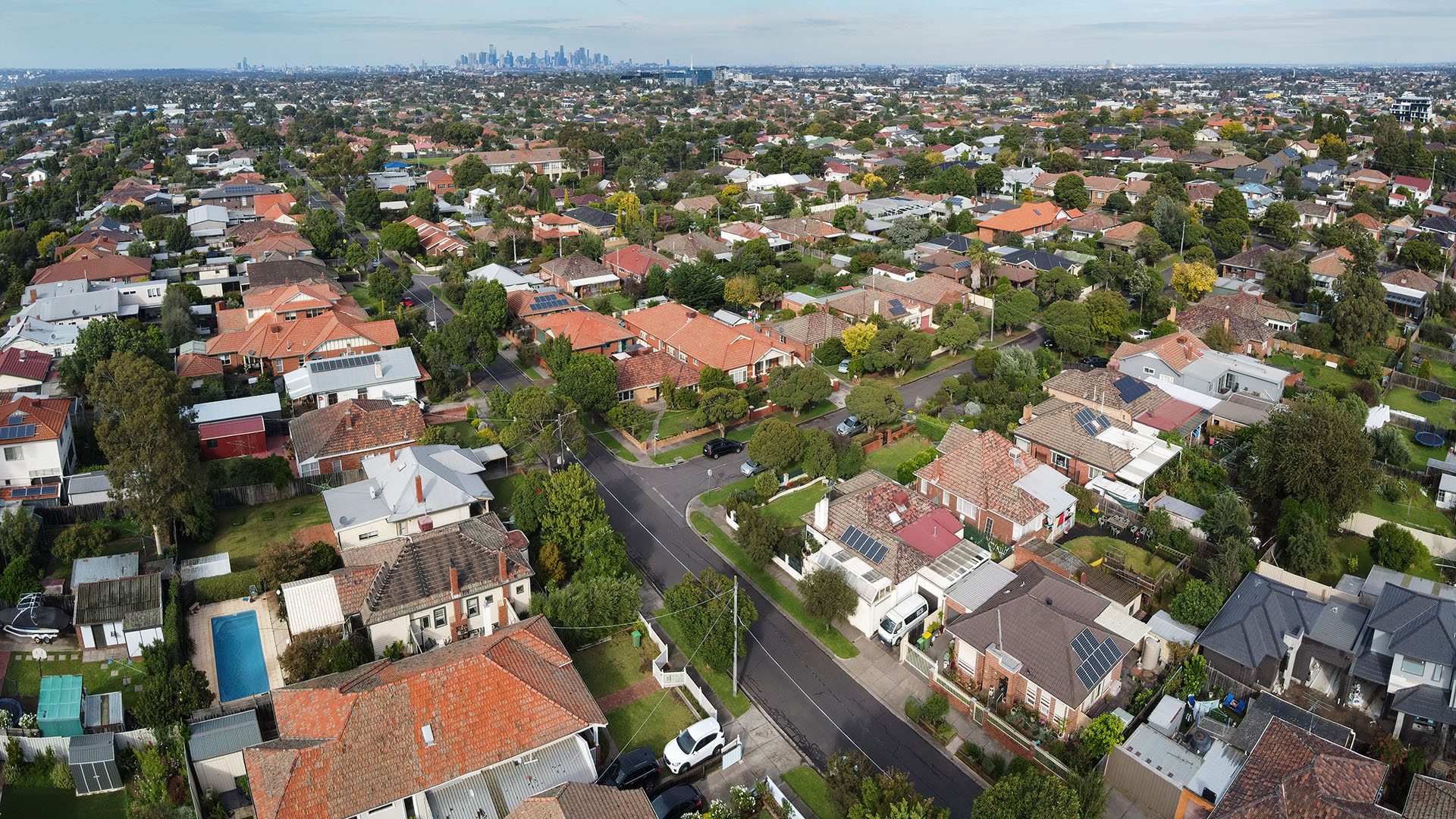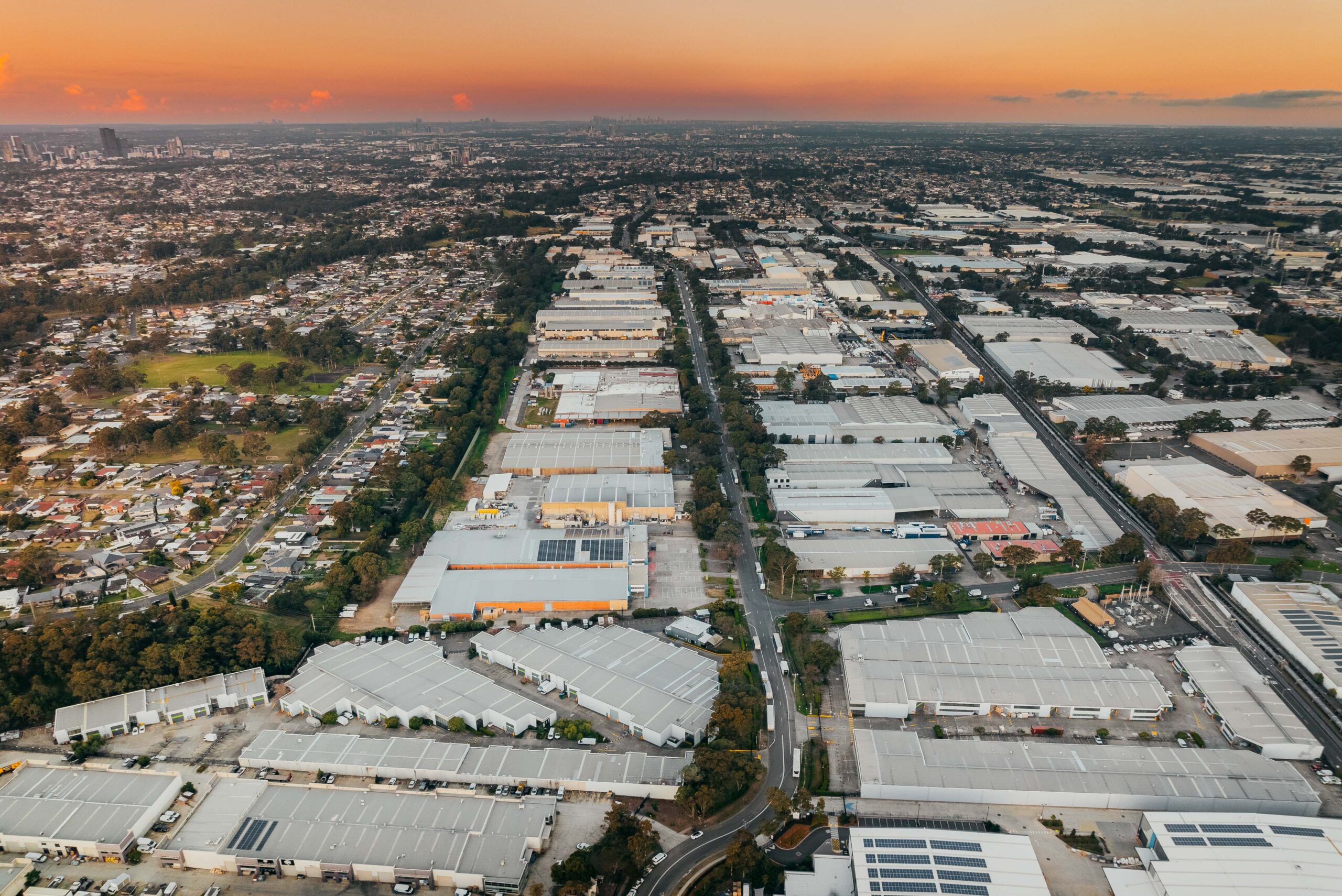
Leading architecture firm PLACE Studio welcomes recent announcements by the New South Wales government aimed at increased housing in the State – but noted that smart design is required to avoid creating new substandard housing neighbourhoods.
The award-winning architecture firm says, with rising costs adding to the construction sectors woes and Sydney’s affordability constraints, it is important to incorporate smart design into new buildings.
PLACE Studio CEO and co-founder, James Alexander-Hatziplis, says, “We welcome the New South Wales Government’s new pattern book approach to create repeatable housing for two storey terrace house and mid-ranged apartments, with the government set to fast-track developments using these designs.
“Smart, effective, efficient and repeatable design starts with the better use of spaces and can help lower costs for new buildings as well as enabling builders to lower construction times.
“If the construction sector can save money on the building costs, without compromising on the quality of the build, they will be able to afford more property developments,” he says.
“This will spur more investment in the sector, which will helpfully help Australia reach it is 1.2 million new homes by 2029 goals.”
Transport hub focus
The NSW government recently announced it would increase buildings – especially dwellings – around 31 of Sydney metro rail stations.
“It is estimated they will build 140,000 homes within 400 metres of these hubs,” notes Mr Alexander-Hatziplis.
“Smart design can help offset the potential issues of living next to a train station. By providing good repeatable design AND adding the right noise mitigation strategies, developers can better utilise spaces around transportation hubs that will appeal to a wide range of potential residents,” he says.
“It is key to have smartly designed, effective, efficient and liveable premises to attract a range of residents, lest these hubs become substandard housing neighbourhoods.
“This allows for a win-win, with homeowners getting to choose to live in convenient areas without having to live in noisy areas.”
Design tips to avoid new unattractive neighbourhoods
Mr Alexander-Hatziplis shares four tips, among many, for such design:
Look for yield enhancing elements when building – These can include simplified construction methodology, design consideration around structure, waterproofing, facades and glazing. More robust buildings will ultimately cost less to maintain and hold their value for longer. And if they can return a higher yield to private sector investors, then more investors will want to fund such developments. “No investor one wants to fund what might become a congested and poorly planned community in a few years and lose value.”
Choose low maintenance options – Developers often fall into the trap of creating beautiful spaces that are not practical and difficult to maintain. Instead, practicality and livability should be the focus, and with common amenities for residents, such as coffee shops, childcare and the like.
Focus on curb appeal – Like in all aspects in life first impressions count, so buildings attractiveness from the street (and railway) and entrance outside need to appeal to potential investors as well as residents.
Think sustainability – Focusing on areas where you can save money for the tenant, such as energy efficiency and insulation will have beneficial flow on impacts for all.






